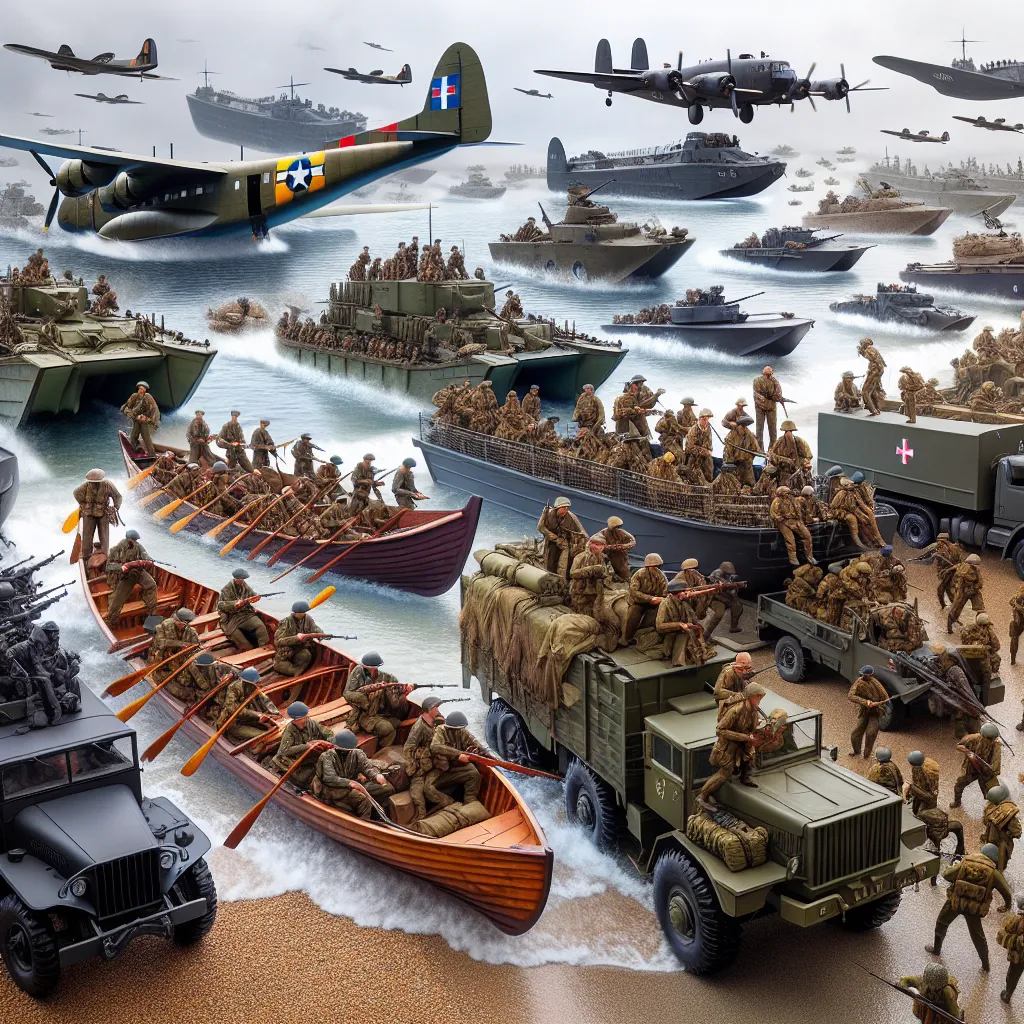In the grand tale of military history, there’s always been a fierce tug-of-war between firepower and maneuverability. Having a deadly arsenal is one thing, but moving those weapons and troops efficiently through a war zone to outsmart the enemy—that’s where true strength lies. Before World War One, firepower technology had leaped far ahead of how fast armies could move, still depending largely on horses. But all that began to pivot during the Great War thanks to groundbreaking technologies, primarily the internal combustion engine. This revolution brought about war machines that could finally keep up with the intense firepower, moving soldiers faster and safer.
A prime example of this imbalance was starkly evident during the Gallipoli Landings of 1915. Picture soldiers huddled like sardines in wooden lifeboats, rowing slowly to shore amidst a hail of enemy fire. Their vulnerability couldn’t have been more apparent. As technology matured, new vessels designed to quickly and safely land men ashore began to emerge, revolutionizing warfare.
Fast forward to World War II, and the Allies faced even larger challenges, like deploying vast armies to enemy-controlled continents. Enter Andrew Higgins, who innovated the game-changing Higgins boat. Capable of landing 36 fully equipped soldiers straight onto hostile beaches, these boats were pivotal in the D-Day Landings. Allied Commander Dwight Eisenhower famously credited Higgins with a significant role in the victory.
Throughout WWII, various specialized crafts like the DUKW (or “Duck”) played critical roles. This amphibious truck, born from rapid manufacturing adaptabilities, could navigate both land and water, demonstrating American ingenuity. The LVT followed a similar path, evolving from unarmed transports to offensively equipped tracked vehicles that could overcome terrains otherwise impassable to wheeled vehicles, especially in the Pacific Theater.
Moving onto armored land transport, vehicles like Germany’s Hannomag during WWII enhanced troop mobility, providing protection and firepower. Later, vehicles like the American M2 Bradley and the immensely flexible eight-wheeled Stryker continued this innovation, offering unparalleled troop transport and combat capabilities.
Aircraft also revolutionized troop movements. The C-47 SkyTrain and iconic C-130 Hercules showcased how aviation could change the logistics of war, moving soldiers and supplies quickly and efficiently to the front lines. Helicopters like the UH-1 Huey and CH-47 Chinook added another layer, providing not just transport but vital medical evacuation and heavy-lift capabilities, forever changing battlefield dynamics.
Today, while we still rely on these innovations, there’s a clear shift towards unmanned and autonomous vehicles that promise to reduce human cost and increase battlefield precision. The evolution of military technology seeks to enhance the strategic advantage while catering to the growing demand for ethical and efficient warfare.
Though the machines that defined past battles continue to evolve, their story is far from over. From amphibious trucks to aerial giants, the narrative is one of continuous adaptation to ensure soldiers can outmaneuver the enemy and emerge victorious. The future likely holds even more shifts as technology pushes the boundaries of what’s possible on the battlefield.






